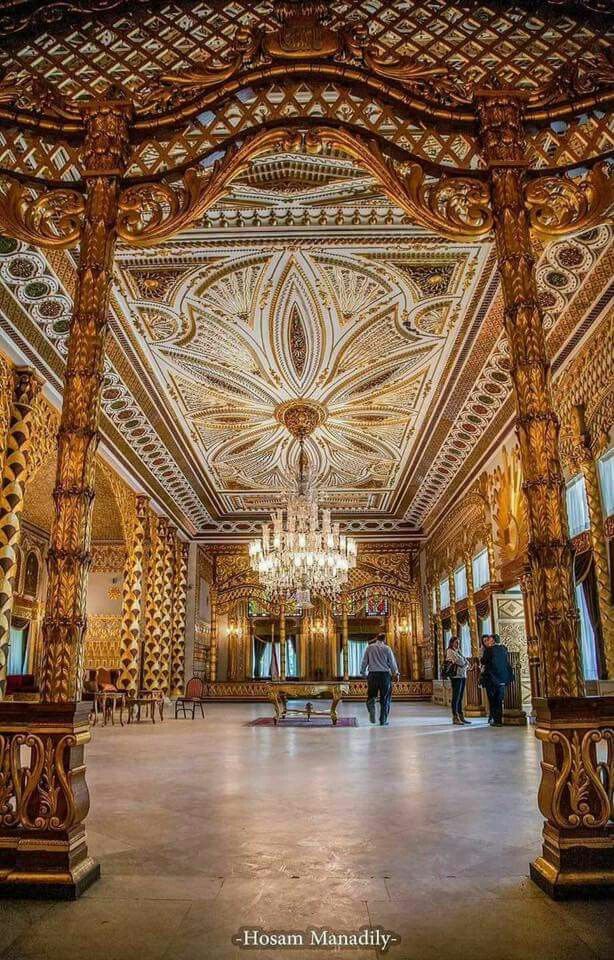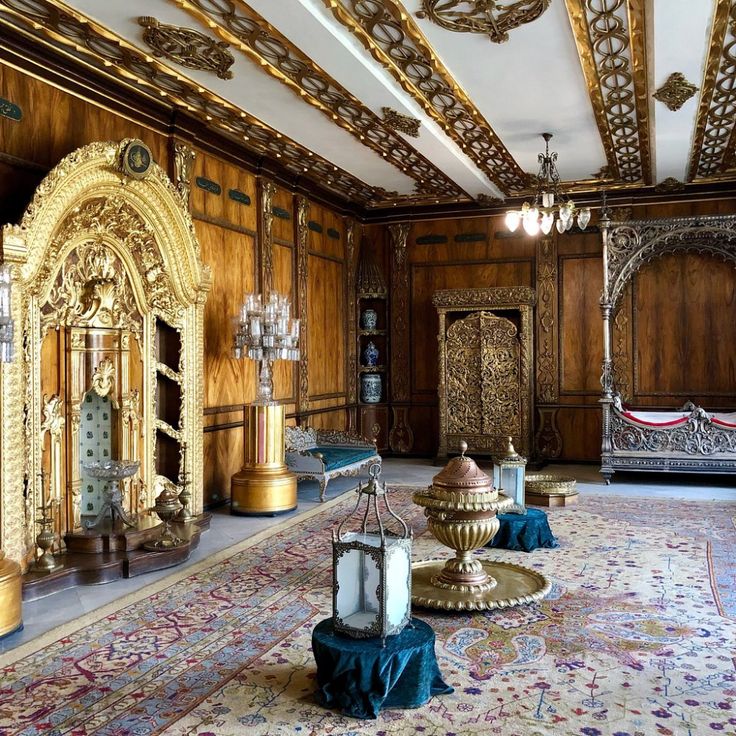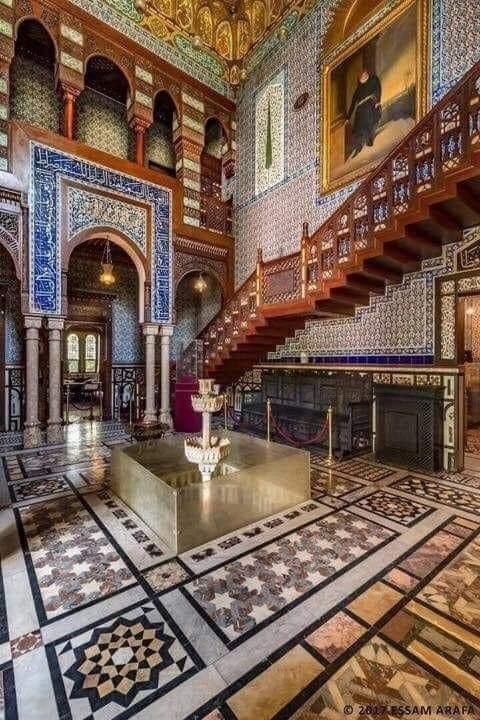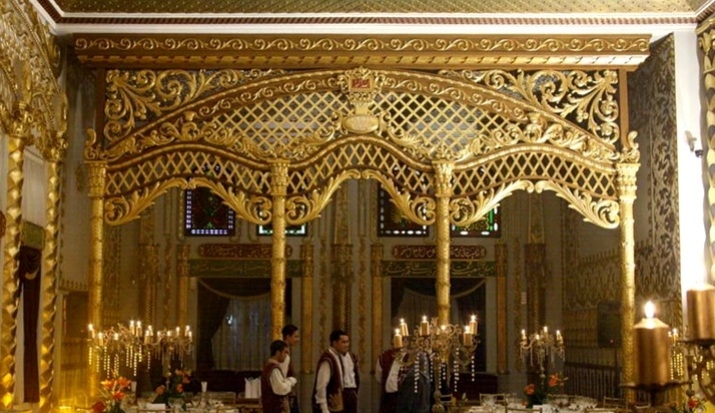Introduction: A Royal Retreat Along the Nile
Nestled on Rhoda Island in the heart of Cairo, Manial Palace is one of the city's most enchanting and lesser-known historical treasures. Built by Prince Mohammed Ali between 1899 and 1929, the palace is a beautiful fusion of Islamic, Persian, Mamluk, and European architectural styles. With its ornate interiors, lush gardens, and fascinating collections, Manial Palace Cairo offers visitors a rare glimpse into Egypt's royal legacy. At Flying Carpet Tours, we help you explore this hidden gem beyond the guidebook experience.
If you’re seeking a serene escape filled with history, beauty, and storytelling, Manial Palace deserves a prime place on your Cairo itinerary.
A Prince’s Vision: The History of Manial Palace
Prince Mohammed Ali, cousin to King Farouk and heir apparent to the throne, envisioned a residence that reflected his love for Islamic art and his worldly travels. The palace was built not just as a home, but as a celebration of Egyptian and Islamic identity.
-
Construction Timeline: Started in 1899 and completed in 1929.
-
Purpose: A cultural and artistic statement more than a royal residence.
-
Legacy: Donated to the Egyptian government after the 1952 revolution.
Architectural Harmony: Styles and Influences

Manial Palace stands out for its eclectic yet harmonious design, blending:
-
Ottoman and Mamluk elements: Intricate woodwork, arabesque ceilings, and marble fountains.
-
Moorish and Persian inspirations: Tiled walls, colored glass, and mosaic floors.
-
European touches: A hunting lodge, formal reception rooms, and Art Nouveau details.
Each section of the palace is distinct, yet flows naturally into the next—a testament to the prince's architectural vision.
Palace Highlights Not to Miss
-
The Reception Palace: Used for entertaining dignitaries, featuring exquisite wood-carved ceilings and European furniture.
-
The Throne Hall: Lavishly adorned with golden chandeliers and royal insignia.
-
The Clock Tower: Adds a Gothic touch and served a practical function.
-
The Mosque: A peaceful prayer space with delicate ornamentation.
-
The Gardens: Landscaped with exotic plants, pathways, and serene courtyards.

Museum Collections and Treasures
Visitors will also enjoy viewing:
-
Rare manuscripts and books
-
Islamic ceramics and textiles
-
Portraits and paintings from the Muhammad Ali dynasty
-
European and Ottoman gifts collected by the prince
Why Visit Manial Palace with Flying Carpet Tours?
-
Expert Guides: Dive deep into the life of Prince Mohammed Ali and his cultural passions.
-
Hidden Corners: Discover lesser-known artifacts and rooms often missed by casual visitors.
-
Photo Opportunities: Capture the palace's beauty from its ornate doors to sunlit courtyards.
Visitor Tips
-
Opening Hours: Typically open from 9 AM–4 PM, but check ahead for seasonal changes.
-
Ticket Price: Reasonable, with discounts for students and Egyptian nationals.
-
Photography: Allowed in most areas, but flash may be restricted.
-
Best Time to Visit: Morning or late afternoon for cooler temperatures and softer light.
Nearby Attractions to Pair with Your Visit
-
Nilometer: One of the oldest structures used to measure the Nile’s level.
-
Coptic Cairo: A short drive brings you to churches, synagogues, and Roman ruins.
-
Egyptian Museum: Head north for the world’s most comprehensive collection of Pharaonic artifacts.

Suggested Itinerary
-
Morning: Start at Manial Palace and enjoy a guided walkthrough of the palace and gardens.
-
Midday: Lunch at a Nile-view café.
-
Afternoon: Head to nearby Coptic Cairo or relax in Al-Azhar Park.
Conclusion: An Artistic Royal Legacy
With its captivating blend of artistry, architecture, and historical significance, Manial Palace Cairo | Flying Carpet Tours promises an unforgettable journey into Egypt’s royal past. It’s a destination that rewards the curious traveler with beauty, serenity, and stories carved in stone and wood.
Explore the opulence. Walk the gardens. Discover a prince’s vision come to life.

